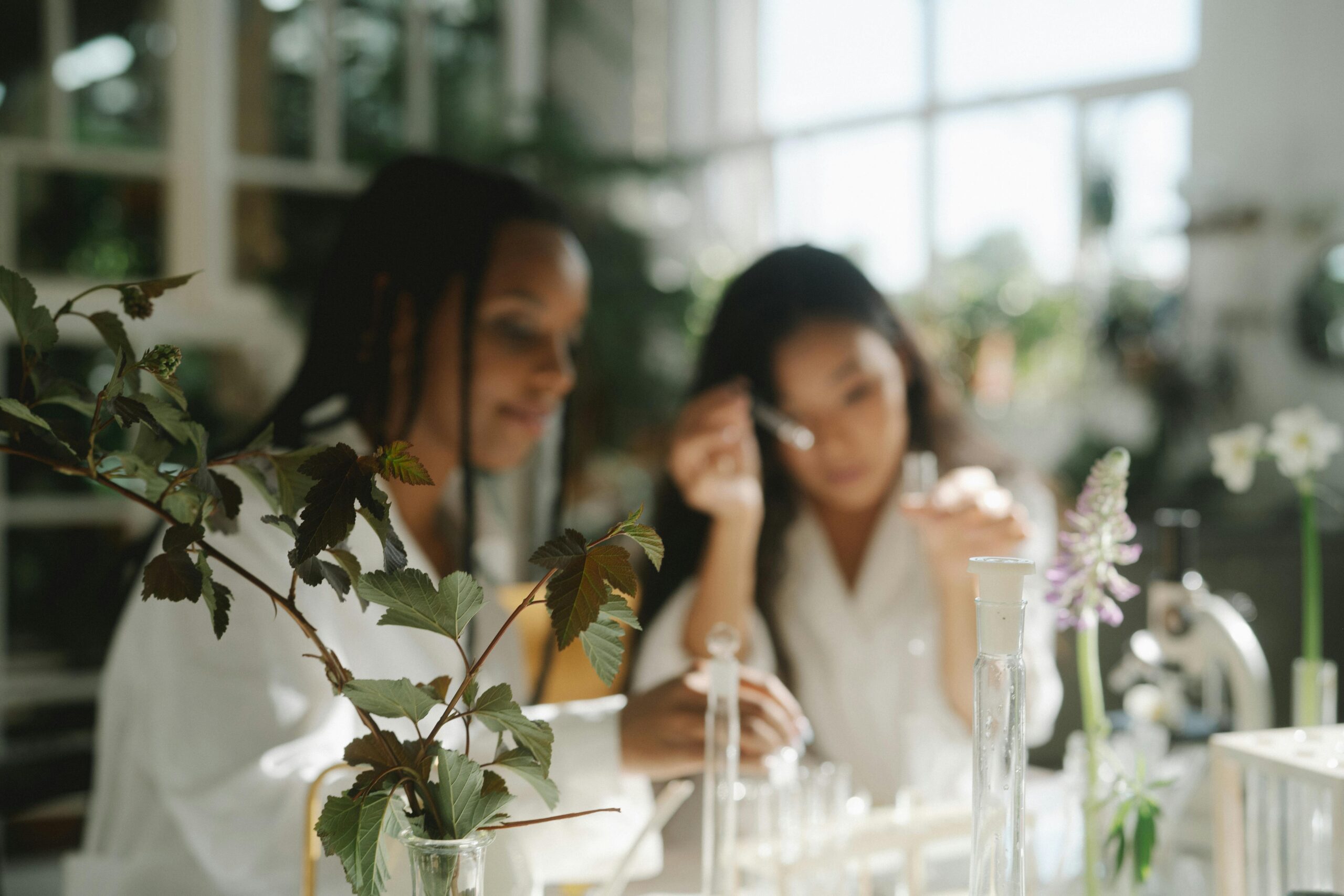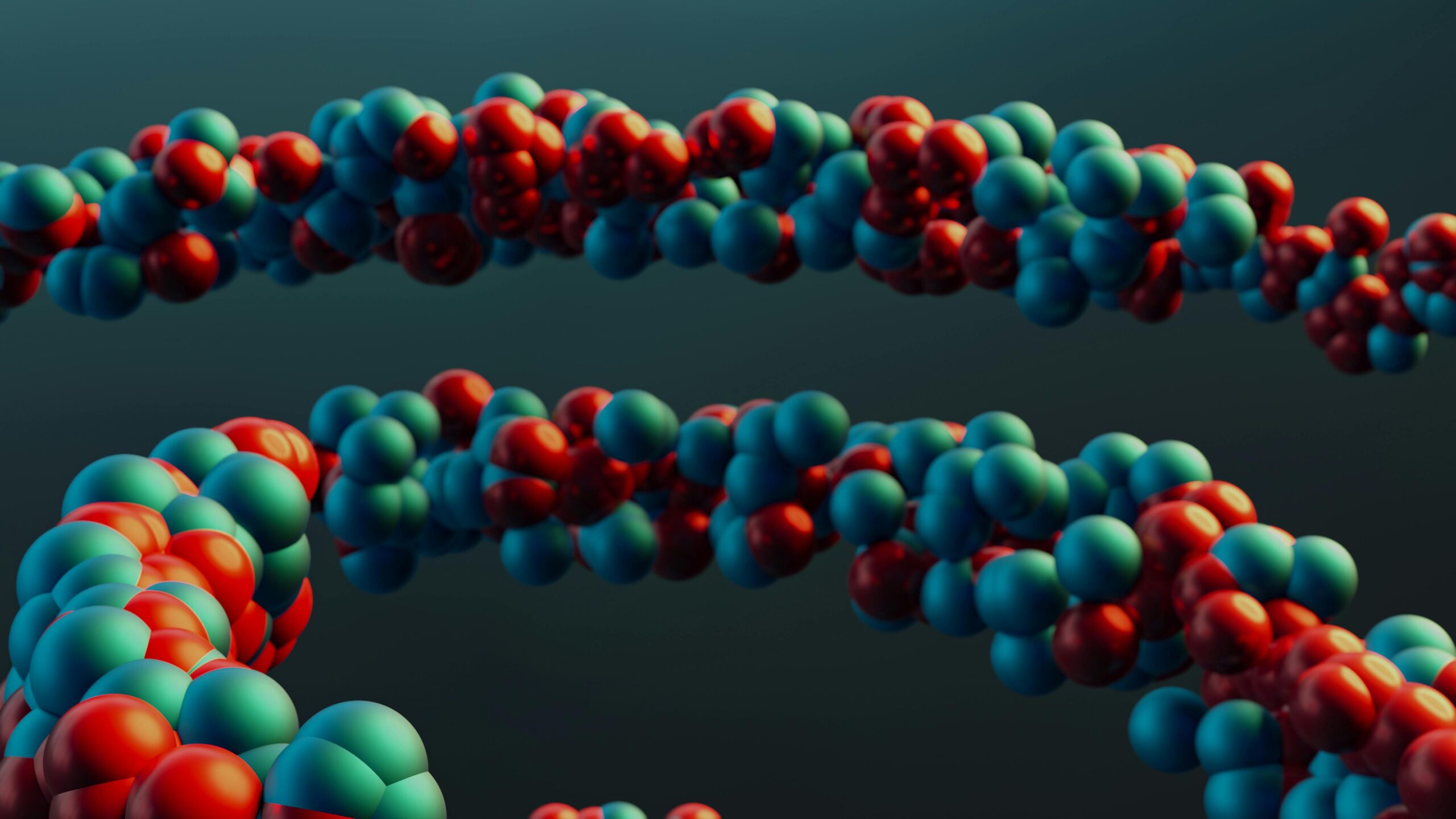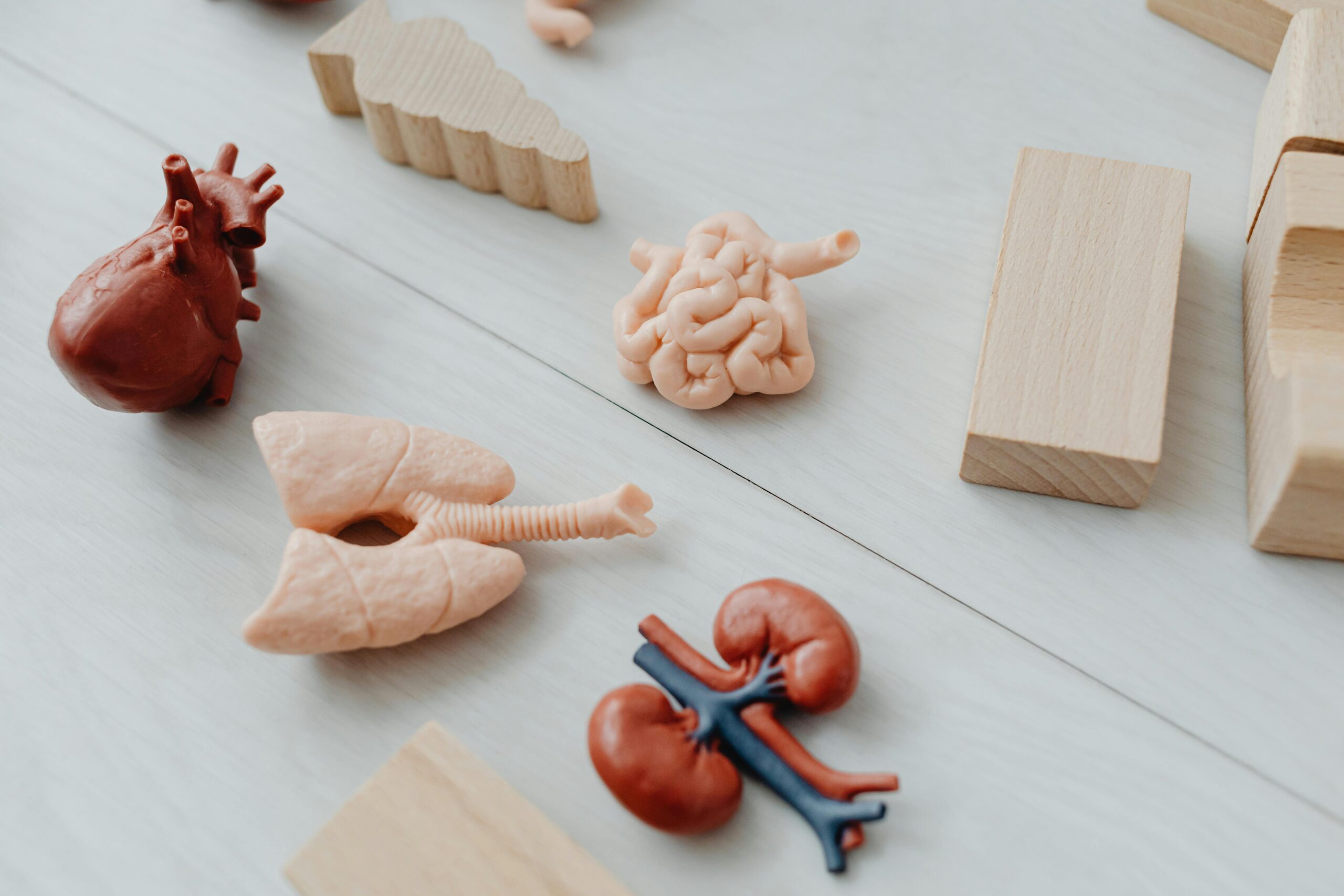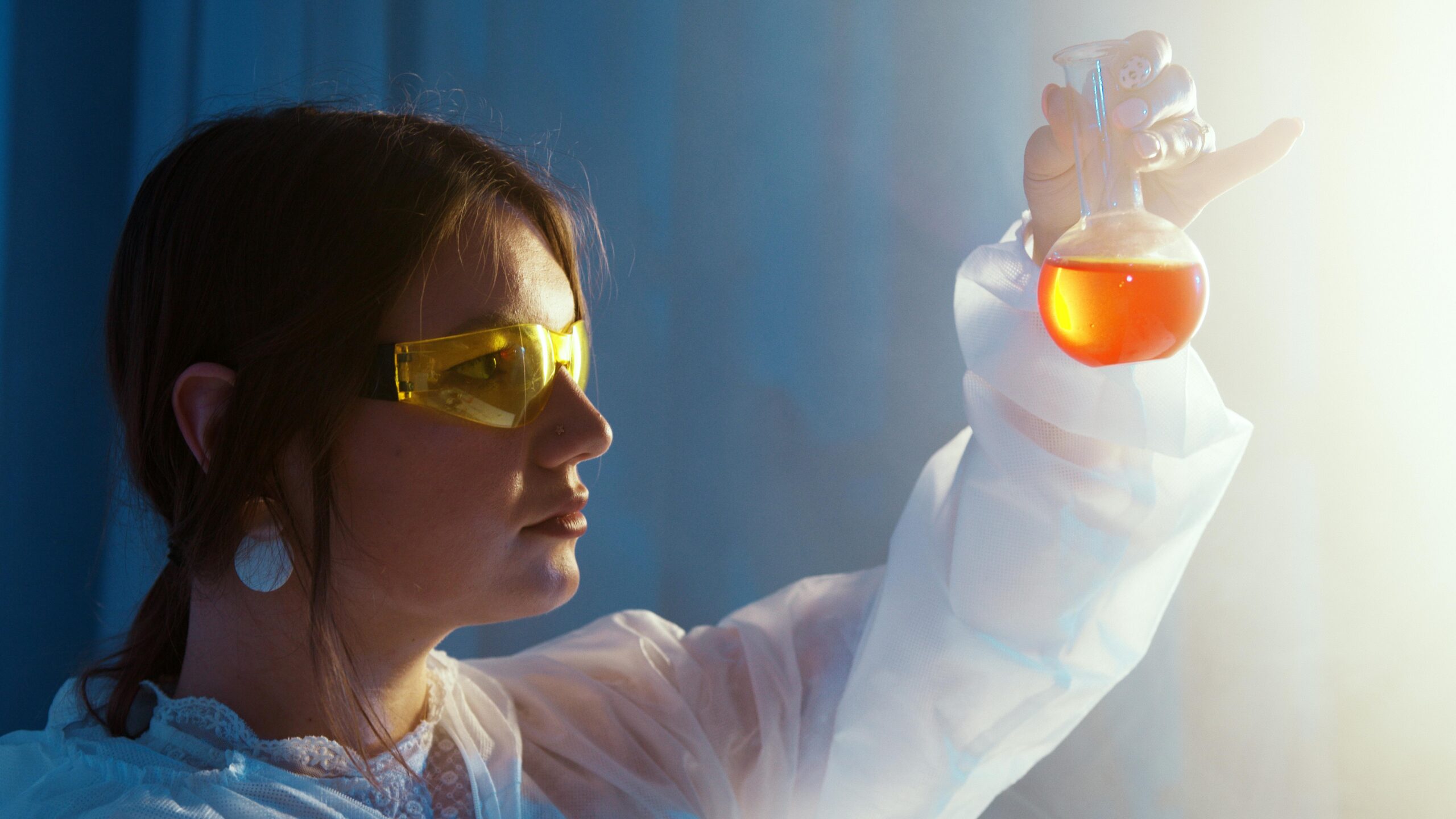Biology isn’t just something you read about in a textbook — it’s all around you! From the food in your kitchen to the plants in your backyard, your home is full of living things and biological wonders.
Let’s dive into some fun, safe, and educational experiments you can try at home to explore the amazing world of biology.
1. Grow Your Own Microgarden (Photosynthesis in Action)
What You’ll Need:
-
Dried beans (like lima or kidney beans)
-
Paper towels
-
Clear plastic bag
-
Water
-
Tape
What to Do:
-
Dampen a paper towel and place it in the plastic bag.
-
Tuck a few beans between the towel and the side of the bag.
-
Seal and tape the bag to a sunny window.
-
Watch for sprouting in 2–5 days!
What You’re Learning:
This experiment shows how plants germinate and grow. You’ll see photosynthesis, root formation, and how sunlight triggers growth.

2. Extract DNA from Fruit
What You’ll Need:
-
1 strawberry or banana
-
Resealable plastic bag
-
Dish soap
-
Salt
-
Water
-
Rubbing alcohol (chilled)
-
Coffee filter or cheesecloth
-
Cup
What to Do:
-
Mash the fruit in the bag.
-
Mix 1 tsp salt, 1/2 cup water, and 2 tsp dish soap.
-
Add the mixture to the bag and squish gently.
-
Pour through a filter into a cup.
-
Slowly add cold alcohol to the filtered liquid.
Watch: White strands of DNA will appear!
What You’re Learning:
This shows that DNA is in all living things — and you can actually see it without a microscope!

3. Make a Lung Model
What You’ll Need:
-
Plastic bottle (cut in half)
-
Balloon (x2)
-
Plastic wrap or another balloon for base
-
Rubber band
-
Straw
-
Tape
What to Do:
-
Attach a balloon to one end of a straw and seal with tape.
-
Put it inside the bottle with the straw sticking out the top.
-
Cover the open bottom of the bottle with a balloon piece or plastic wrap and secure it.
-
Pull and release the bottom “diaphragm.”
What You’re Learning:
This model shows how your lungs expand and contract when the diaphragm moves — just like in real breathing!

Science in Everyday Life
Biology isn’t just about labs and lectures — it’s about asking questions, observing the world, and trying things out.
Here are a few more ideas:
-
Use a magnifying glass to look at leaf veins or skin cells.
-
Try keeping a plant alive with different light sources.
-
Track your pulse before and after exercise.
Bonus Tip: Keep a Biology Journal!
Record your:
-
Observations
-
Hypotheses
-
Sketches
-
Results
It helps you think like a scientist — and makes science more personal and fun.


Leave a Reply